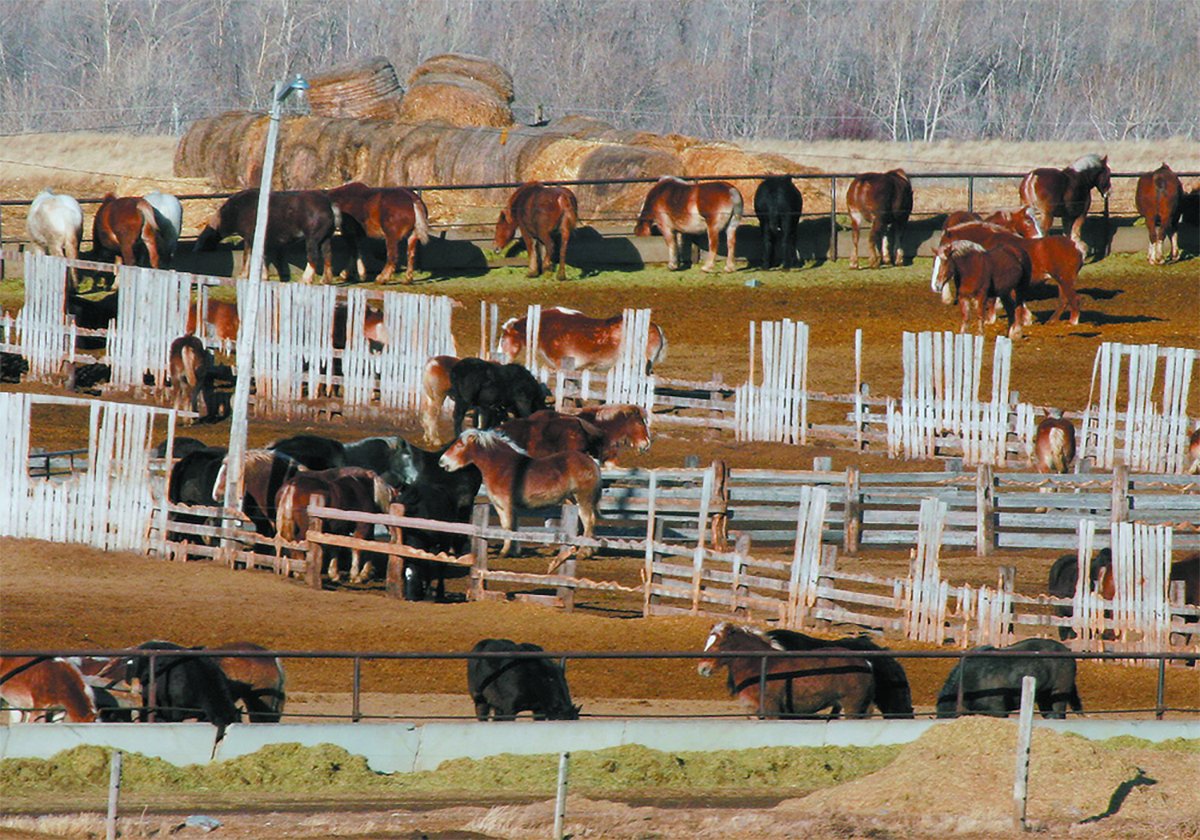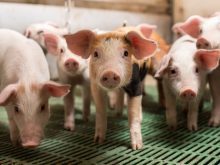When disaster strikes, saving animals is often an afterthought.
“We need some long-term planning for disaster services dealing with
livestock, especially here in Alberta,” said livestock consultant
Jennifer Woods, who teaches disaster planning and readiness.
Manuals are available for handling livestock during an accident or
larger disaster, but Woods said they do not address the real needs of
helping animals that must be evacuated, treated or destroyed.
While livestock care is the producer’s responsibility, in many cases
Read Also

Canada’s slaughter horse industry lacks transparency
The lack of clear reporting and public access to data keeps the industry largely hidden, leaving questions about humane treatment and traceability unanswered.
one farm family cannot deal with a problem alone during an emergency.
Emergencies include prairie and forest fires, flash floods, toxic
spills, oil well blowouts, tornados, snowstorms and lingering
situations such as a drought or extremely cold winter.
Woods wants emergency workers, police and volunteers trained to
properly handle livestock so that when disaster strikes, they know how
to assess the situation, move animals, feed and water them, and handle
injured and dead animals.
Five levels of service need to be reached, including the provincial and
municipal governments, emergency first responders, producers and
citizen volunteers.
“It usually takes a big problem before people plan ahead,” Woods said.

















